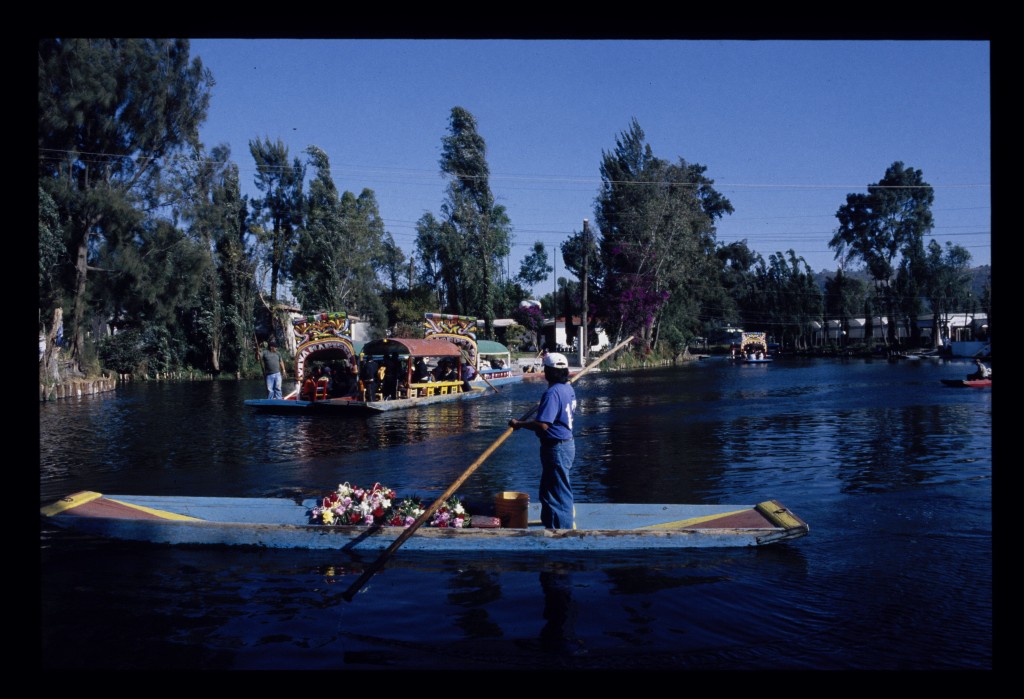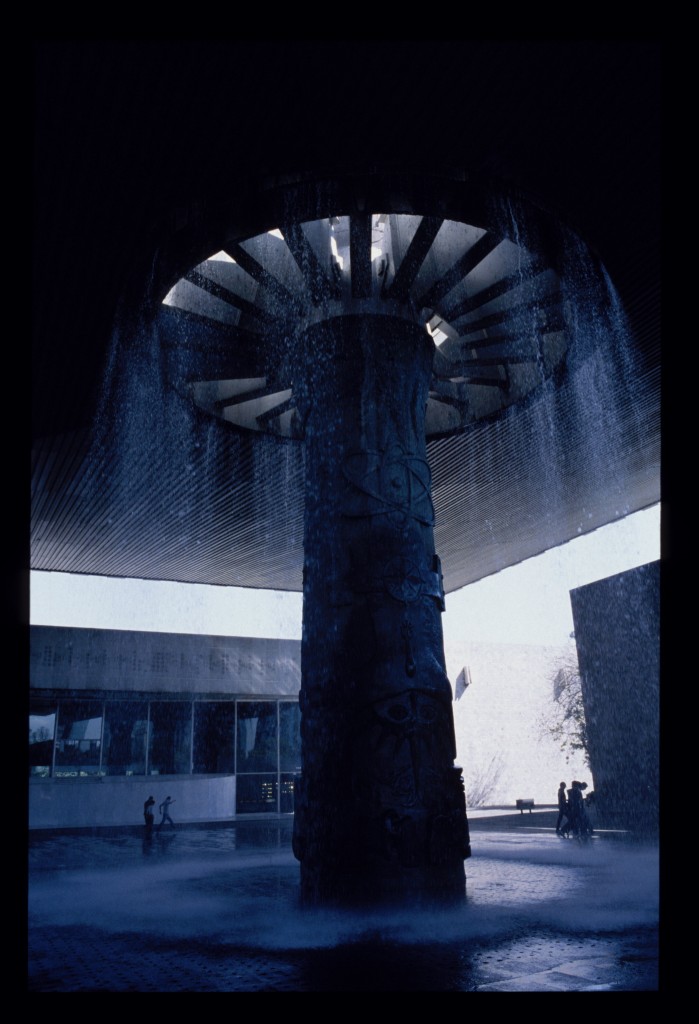Mexico City Dreams
The Traveller Magazine
It may seem strange, in a tough, fast city that is so large and has such extremes of wealth and poverty, but I think of Mexico City as a place for dreamers. And nowhere is this more true than in the Xochimilco water gardens to the south: the last place one can see what the earlier Aztec capital of Tenochtitlán must have been like, a network of causeways and fields reclaimed from the lake on which the city was originally built.
Xochimilco lies on the route by which the Spanish conquistadors first arrived here. One of their number, Bernal Díaz, tried to describe the awe they felt:
” When we saw so many cities and villages built in the water and other great towns on dry land and that straight and level causeway going towards Mexico, we were amazed and said that it was like the enchantments they tell of in the legends of Amadis.”
The Amadis of Gaul saga that Díaz refers to was the type of romance satirised so ably by Cervantes in Don Quijote, in which single knights defeated thousands of the perfidious enemy. Cortés and his knights liked to think of themselves as perpetuating this age of chivalry; for men of action, they were much given to fantasy.
Indeed one could argue that without such literary precedents as Amadis of Gaul, Cortés would never have thought up the militarily suicidal plan of invading the huge Aztec empire with a few hundred men, destroying his own boats and marching on the biggest city in the world. It was a graphic illustration of the power of imaginative literature, in the same way that man might never have wanted to get to the moon if it had not been for science fiction.
And Mexico City must have been like an experience from a Jules Verne novel for the arriving Spanish. Here was a city of some 80,000 inhabitants, one of the largest in the world then, just as it is now, and built on islands out of a lake. In the Old World, only Venice could compare.
Mexico City today is less obviously different to other modern megalopolises: most of the waters have long been covered by the sprawling city, but the spirit of the original lakeside city can be found. In the river gardens of Xochimilco, one can still drift over the water hyacinths past the flower allotments on the banks; I did so thirty years ago when I first lived in Mexico City, and it remains the simplest but most evocative of pleasures in the capital – ideally with a picnic of huitlacoche mushroom quesadillas and some mangoes from the waterside stalls.
The Aztecs told of a dog of water, Ahuizotl, the ‘dog of water’ who lived at the bottom of the lakes and whose long tail ended in a human hand with which it could catch human fishermen and eat them. There is a statue of the dog in the Museo de Antropología , one of the truly great museums of the world, with a staggering array of pre-Columbian riches under the giant stone ‘umbrella’ that cascades a rainfall of water over the central courtyard. (see photo above)
Mexicans are still obsessed with their pre-Columbian past and with the Conquest that destroyed it. I remember the discovery made almost under the cathedral of a sacrificial stone to the moon goddess Coyolxauhqui causing a sensation in 1978, and not just for archaeologists; it was also a metaphor for the way the conquistadors had tried to bury the Aztec past – and failed.
My favourite piece in the Museum is the fabulous Quetzal feather headdress, much like the one Moctezuma is said to have worn when he met Cortés. Its green iridescence is a reminder of how differently matched were the protagonists in that clash of civilisations: Cortés, in body armour; the Aztec Emperor, dressed like a bird.
Although Moctezuma, like Cortés, was a dreamer as well as a leader: he was plagued by visions and portents of disaster in the period before the Spanish arrived. His resulting vacillation in the face of the conquistadors’ purposeful advance is sometimes held to have led to the Aztecs’ defeat – one described the reaction of his people when Cortés and his conquistadores arrived ‘as if everyone had eaten stupefying mushrooms, as if they had seen something astonishing’.
And Bernal Diaz likewise recalled that some of the conquistadors questioned whether what they were seeing at Tenochtitlán was even real: ‘some of our soldiers asked whether the things that we saw were not a dream’.
Floating around the shimmering waters of Xochimilco, it is hard not to think of this as a city built on dreams – the dreams of conquest of the Spanish, the dreams of foreboding by Moctezuma – and of the dog lurking beneath the waters, ready to grab those who let their guard down.
(c) Hugh Thomson 2009



You can read “Amadis of Gaul” at http://amadisofgaul.blogspot.com/ — as you say, a fantasy that can make people attempt insane feats.
I recommend you: La Vision de los Vencidos (Relaciones Indigenas de la Conquista) Publicado por: Universidad Nacional Autonoma de Mexico. Great book!